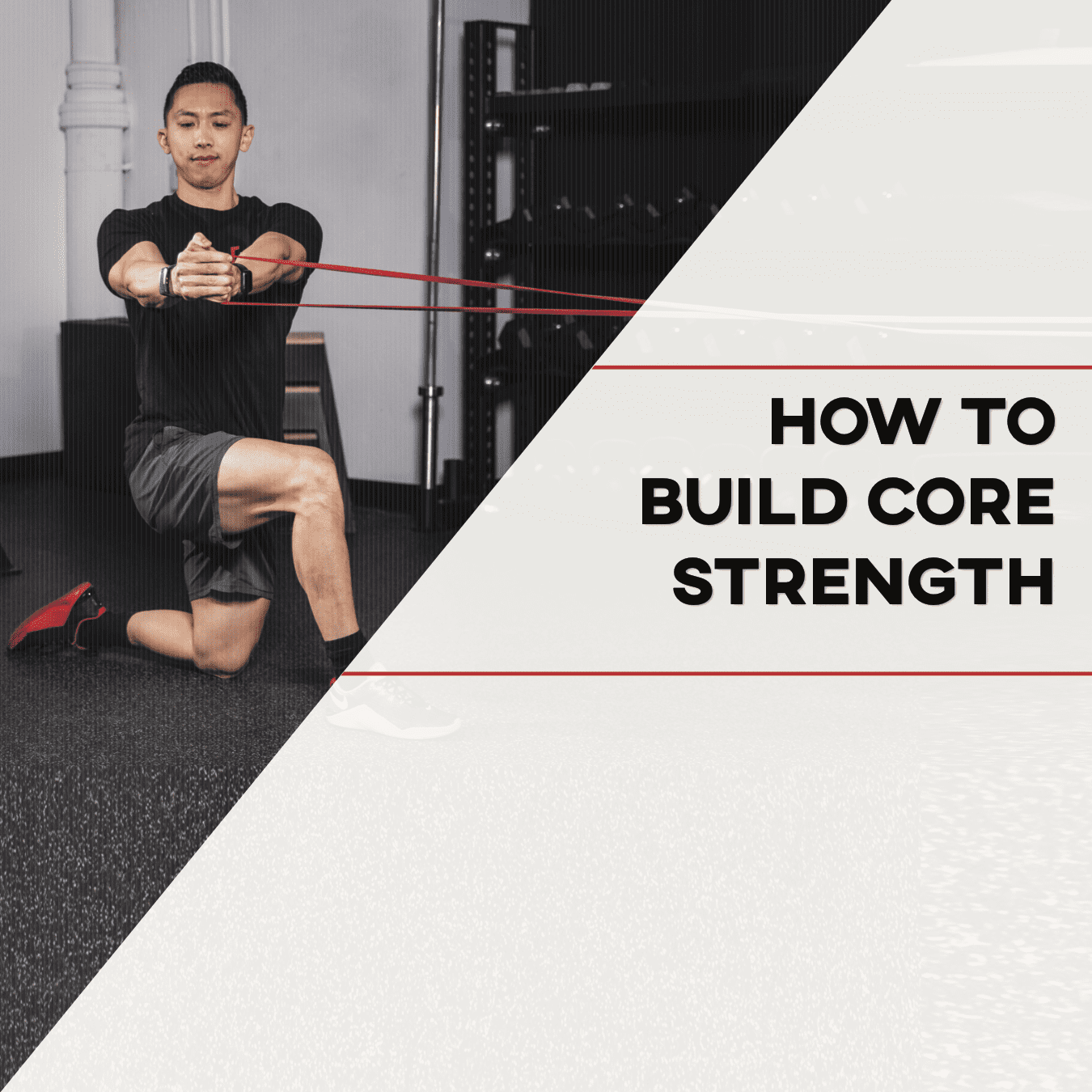
What is the core and how do we train it? When you think of the core, you often think of a “6-pack” or “washboard stomach”. However, our core is much more than just the superficial abdominal muscles that are visible to the eye. The core goes much beyond that, with layers of muscles not only on the front of our body, but also on our backs, hips, and even our pelvic floor! The core also consists of input from our nervous system. In this article, we are going to teach you all about the core and how to build core strength!
Understanding The Core: Energy Transfer System!
As the core is quite complex, there is an absence of a universally accepted definition of core stability. The “Core” is often referred to as the lumbopelvic-hip complex which consists of muscular boundaries. Think of the core as the kinetic link transferring forces between the upper and lower extremities, and this transfer of force is a component of many daily movements and athletic activities. Moreover, the core is the energy transfer device of the body! The movements we perform and the energy we need to transmit those movements comes from our core.
Components of the Core
Our core consists of:
- Superficial Abdominal Muscles: These muscles help us actually move our spine, and include:
- Rectus Abdominus
- Obliques (Internal and External)
- Deep Abdominal Muscles: The transversus abdominus is our deep, anterior core stabilizer. The fibers run in a horizontal fashion from the front of our body around the back and attach to the fascia around our spine. A common analogy to visualize this muscle is that it is like a corset.
- Multifidus: This is a tiny muscle on the back of our spine that helps provide stability to our spine. We also have other, larger muscles on our spine, including our erector spinae that help with core stability.
- Pelvic Floor: Muscles deep in our pelvis that help stabilize our pelvis and core. This is the ‘bottom floor of the core’. An analogy of pelvic floor muscles is that they are like a ‘hammock’. Read all about the pelvic floor HERE!
- Diaphragm: The diaphragm is our primary muscle utilized for breathing, and proper control of our diaphragm is vital for core stability. This is the ‘roof’ of our core.
The Spinal Stabilizing System’s 3 Components
The spinal stabilizing system consists of 3 components:
- Neuromuscular control (Neural elements)
- Passive Subsystem (osseous/ligamentous elements)
- Active subsystem (muscular elements)
Core strength isn’t the only factor when it comes to spinal stability. It is imperative to have proper sensory input to alert the central nervous system about the interaction between the body and environment and to allow for refinement of movement.
Build Rock-Solid Core Strength With Our [P]Rehab Program!
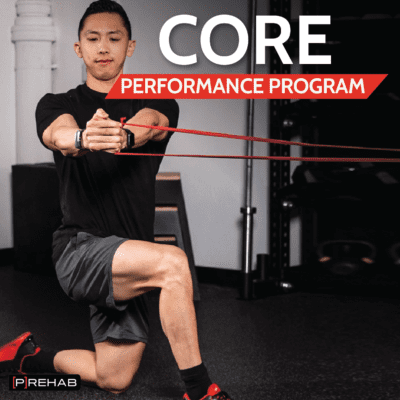
This program has been designed to teach you how to build up the right core strength. The secret to how to build core strength is in this program! If you are looking to protect your back, optimize your pelvic tilt, improve your movement efficiency, and reach new levels of athletic potential then this is the resource for you! With extensive programming designed by Doctors of Physical Therapy, you will learn everything you need to know to build a rock-solid core! Click HERE to learn more.
Focus On Passive Core Stiffness
The core is the link that brings together functional movements. To make a movement fluid, we must transmit energy and force through our core in order to make our movements optimal. Think of core stiffness as a spring. The stiffer the spring, the harder it will be to displace as we go through energy-transferring movements! We need core stiffness so we build resilience when moving in different planes, especially with higher demanding movements such as cutting, twisting, or jumping!
Build Core Strength Through All 3 Planes of Motion
Core strengthening is NOT solely doing crunches. We need to do much more than this! Furthermore, we need to train the core in 3 planes of movement:
- Sagittal Plane: This consists of forward and backward movements, like a sit-up
- Frontal Plane: This consists of side-to-side movements, like oblique crunches
- Transverse Plane: This consists of twisting movements, like bicycle crunches
How You Should Train Your Core!
Exercises For The Core
Now that you have an understanding of what the core is and how you should train it, we will show you how to build your core strength with some of our favorite core exercise variations!
Dead Bug Exercise Variations
Finding just the right challenge and determining your target tissue should always be considered. When targeting the core, you could argue this should always be engaged in every exercise. However, when people are trying to bounce back from an injury or surgery, the body needs to re-learn how to move. We start with the dead bug. This is a great way to challenge the core, with an abundance of variations!
Dead Bug – Unilateral Isometric Hold
Sample Core [P]rehab Program Exercise Video
- HOW: Start by lying on the floor with your knees bent up and feet flat. Flatten your back by contracting your core and performing a pelvic tilt. From here, lift your legs up with your knees bent and arms straight up pointing both to the sky. Then, place one hand on top of the opposite knee. Push into the hand as the hand pushes into the leg. At the same time, straighten the other leg down and the opposite arm up overhead and return them to the starting position before they touch the ground.
- FEEL: You should feel your core and oblique muscles working. You will also feel your hip muscles working bring your legs up and down.
- COMPENSATION: Keep your back flat while performing the dead bug. Don’t move the arm and leg that are pushing against each other while performing the dead bug.
Learn How To Bulletproof Your Core With These Principles
Dead Bug – Head Lift
The head lift is a great progression to create more stiffness and activation through the core. In addition, it will require deep neck flexor endurance as well! Weakness of the deep neck flexors has been correlated to neck pain. To learn more about how to Prehab your neck pain, read our article below!
READ: PREHAB YOUR NECK PAIN
Build Core Strength With Plank Variations
Next up in our core exercise variations is the plank. This is a great exercise to build core strength when done correctly! Some key movement tips to keep in mind with this exercise:
- No lazy shoulder blades: If you keep your shoulder blades relaxed, it will place more stress through your shoulder joint. Therefore, you need to think about actively pushing away from the ground to engage your serratus anterior, which helps protract your shoulder blades, and will keep your shoulder joint in a more optimal position, under less unwarranted load.
- Engage Your Quads and Glutes: Think about actively utilizing your legs to keep you in this plank position. Your glutes should be engaged to keep your hips elevated in addition to your quads to maintain upright in this position. Having your glutes engaged will ensure that your hips stay elevated, which will also take pressure off of your low back.
- Engage your abs: As with any deep core stability activation, you do not want to protrude or push out with your abdomen or completely hollow/suck in your belly button, but you do want to flex your abs and pull your ribcage down coupled with controlling your pelvic position aka pelvic tilt. Common cues we give is:
- Someone is about to punch you in the stomach and you brace your stomach
-
- Find a pelvic position in between a full arch and fully rounding your low back and maintain this by engaging your abs.
-
- You are trying to fit into a tight pair of pants and you draw in your stomach to create tone in your abdomen.
The Prehab membership is the anti-barrier solution to keeping your body healthy. Access state-of-the-art physical therapy, fitness programs, and workouts online in the comforts of your own home or gym! Taking control of your health with exercise & education from the palm of your hand has never been easier. Get access to 50+ programs, 100+ unique workouts, and 3000+ exercises to build your own workout routines. Trial it for free, and learn how to get out of pain, avoid injury, and optimize your health with [P]rehab!
Plank – On Knees
Sample Core [P]rehab Program Exercise Video
- HOW: This is a good place to start with your plank if you are unable to maintain good form with your knees elevated. Assume the modified plank position on your elbows and knees. Simply hold this position for the desired amount of time. There should be a straight line from your knees to your head.
- FEEL: You should feel all the muscles in your stomach working to hold this position. You may also feel your butt, shoulder, and chest muscles working.
- COMPENSATION: Do not arch your back or let your butt sag to the ground
Reverse Salamander
The Reverse salamander is a great way to improve muscle function of the core in a rotational manner. As shown here when I drop my hips to the left; my torso is in left rotation in relationship to my lower extremity. To get my hips back up to my starting position, I must use my trunk right rotators which include primarily the right internal Oblique, left External oblique, and left Multifidus. This exercise will work on the anterior, posterior, lateral, and spiral movement slings.
I initially show this exercise demonstrated with the support of the foot. This is a regressed version of the exercise and will decrease the demand placed on the core. I progress this exercise by elevating my entire leg to allow myself to ONLY make contact with the floor with my hips. (This is harder than it looks!) This requires adequate mobility in the transverse plane; if mobility/tightness is limiting you from lowering your leg all the way down, just work within your given range of motion.
Exercising while on the road or traveling can be a challenge. Take a listen to our podcast as we share personal experiences as to how we overcome this challenge, and how you can too!
LISTEN: HOW TO STAY FIT AND WORKOUT WHILE TRAVELING
Partner Core Workout Series
Want to make your core workouts fun?! Grab a partner and give these exercises a go!
Partner Plank Variations
Planks are a traditional starting point when it comes to core workouts. However, with the number of plank variations seen in the fitness industry, one may find it difficult to choose the best plank variation for them. It comes down to purpose, what do you want to target with the plank variation? Front planks are a sagittal dominant movement, while side planks are more frontal and transverse plane dominant movements with one of the highest gluteus medius muscle activations of any bodyweight exercise.
Static planks performed alone and in only one plane of movement can get boring! The prehab method will always strive to train all three planes of movement, thus we share with you our partner plank variation.
Benefits of performing this movement with a partner:
- Every Muscle Action & Every Plane Of Movement: With this plank variation, we are hitting isometric, concentric, and eccentric muscle actions of all the core musculature. Adding the resistance band component allows one partner to perform concentric muscle actions, while the other partner simultaneously performs eccentric and isometric muscle actions as demonstrated in the video.
This is an advanced partner core workout exercise! If this is too challenging, try this step-by-step progression with your partner to build up to this variation.
Without any band…
- Front planks with alternating shoulder taps
- Isometric unilateral front plank holds
- Front plank to side plank movement (demonstrated in the video)
Modified Partner Pallof Press
The Pallof Press is an excellent anti-rotation exercise that should be a staple of every core program designed. The traditional pallof press has been well documented in research to support its ability along with other isometric trunk exercises to enhance core stiffness (1).
This modified partner pallof press is just the stimulus variation you need to spice up your partner core workout! With a partner, grab a resistance band and distance yourself from one another until there is tension in the band. Now for 30-60 seconds, you and your partner will write your names, the word pallof press, or any word you would like and repeat! Level 1 is a good place to start, but if you want to increase the challenge then progress towards level 3. If the quality of movement gets sloppy with too much trunk rotation or movement, then regress to a lower level or perform the movement slower.
Benefits of performing this movement with a partner:
- Variable Resistance At Variable Angles – because both individuals are moving the band, this exercise is very different than a band anchored to a wall. You would not be able to achieve the varying amounts of resistance and varying angle changes to the same degree without a partner!
Yes, this modified version performed with a partner may have more trunk movement than the traditional pallof press, BUT that is ok. Excessive, uncontrolled trunk movement should be avoided, minor movement is to be expected with this partner variation. If you find you and your partner are having trouble, simply slow down the movement and regress. The faster you go and the less base of support you have (level 3), the harder it is. Don’t have a partner? Here is how to do this modified pallof press without one. This is probably my favorite partner core workout exercise!
Closing Thoughts
Our core is so much more than the 6 pack! It is an integrated system of multiple muscles and soft tissues that transfers energy throughout our body. Remember, how to build core strength requires work in all 3 planes of movement. Moreover, do not compensate when working on your core exercises! Less is more, and stability is always the goal. Do not be discouraged if you have to regress your movements. As your core becomes stronger, you will be able to progress!
Maximize Your Core Performance With Our Program
The outcome of a great core program is NOT a 6-pack but it if does happen we are sure you wouldn’t be upset! The core should be thought of as both a dynamic suitcase and an energy transfer center. The goal is to build a rock-solid suitcase for each aspect of the core and to improve its ability to transfer energy to and from the legs and arms.
REFERENCES
- Lee, B. C., and S. M. McGill. Effect of long-term isometric training on core/torso stiffness. 2015.
- Core Stability Exercise Principles By: Venu Akuthota et al. 2008.
- Lee, B. C., and S. M. McGill. Effect of long-term isometric training on core/torso stiffness. J. Strength Cond. Res. 29(6):1515–1526, 2015.
- Boren K, Conrey C, Le Coguic J, Paprocki L, Voight M, Robinson TK. Electromyographic analysis of gluteus medius and gluteus maximus during rehabilitation exercises. Int J Sports Phys Ther. 2011; 6: 206– 223.
About The Author
Arash Maghsoodi, PT, DPT, CSCS
[P]rehab Co-Founder & Chief Financial Officer

Disclaimer – The content here is designed for information & education purposes only and is not intended for medical advice.
About the author : Arash Maghsoodi PT, DPT, CSCS
2 Comments
Leave A Comment
You must be logged in to post a comment.
Related posts
Get Proactive with Prehab
- ✔ Zero wait times, no hidden fees, no barriers to entry!
- ✔ Get out of pain, get stronger, and improve your mobility
- ✔ Access to easy-to-digest physical therapy education videos & resources to learn about your body in the palm of your hand
- ✔ Guidance from trusted Doctors of Physical Therapy
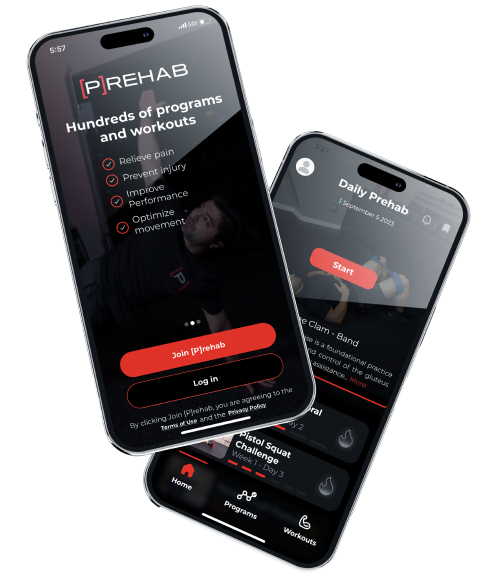

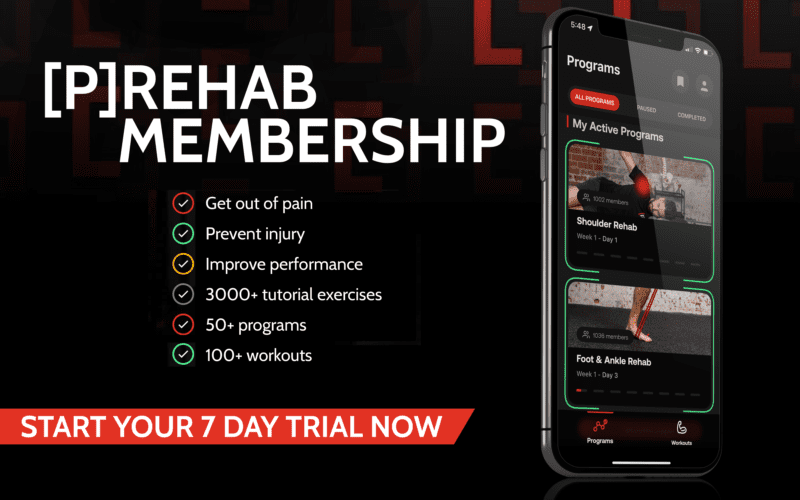
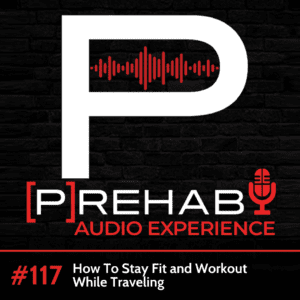
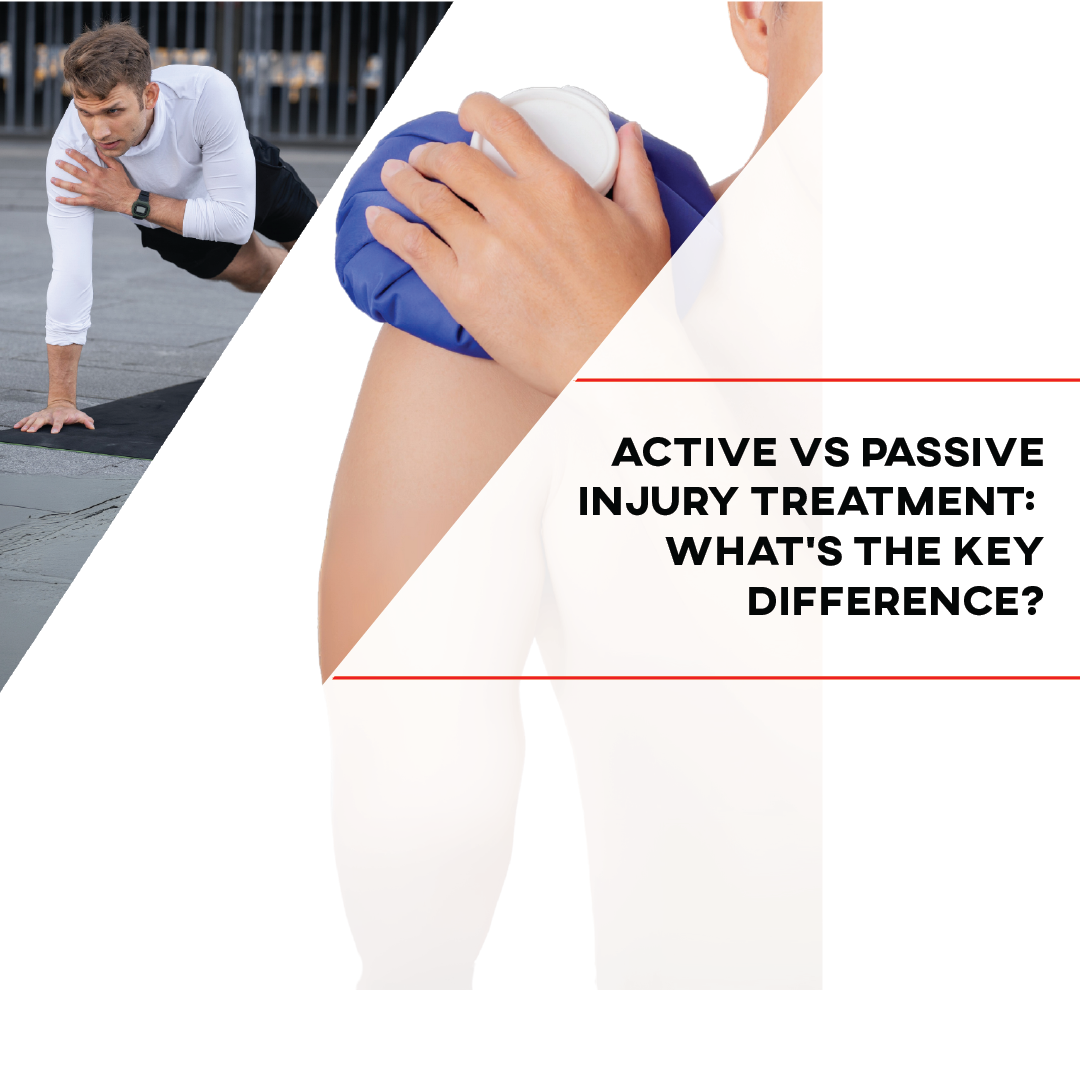
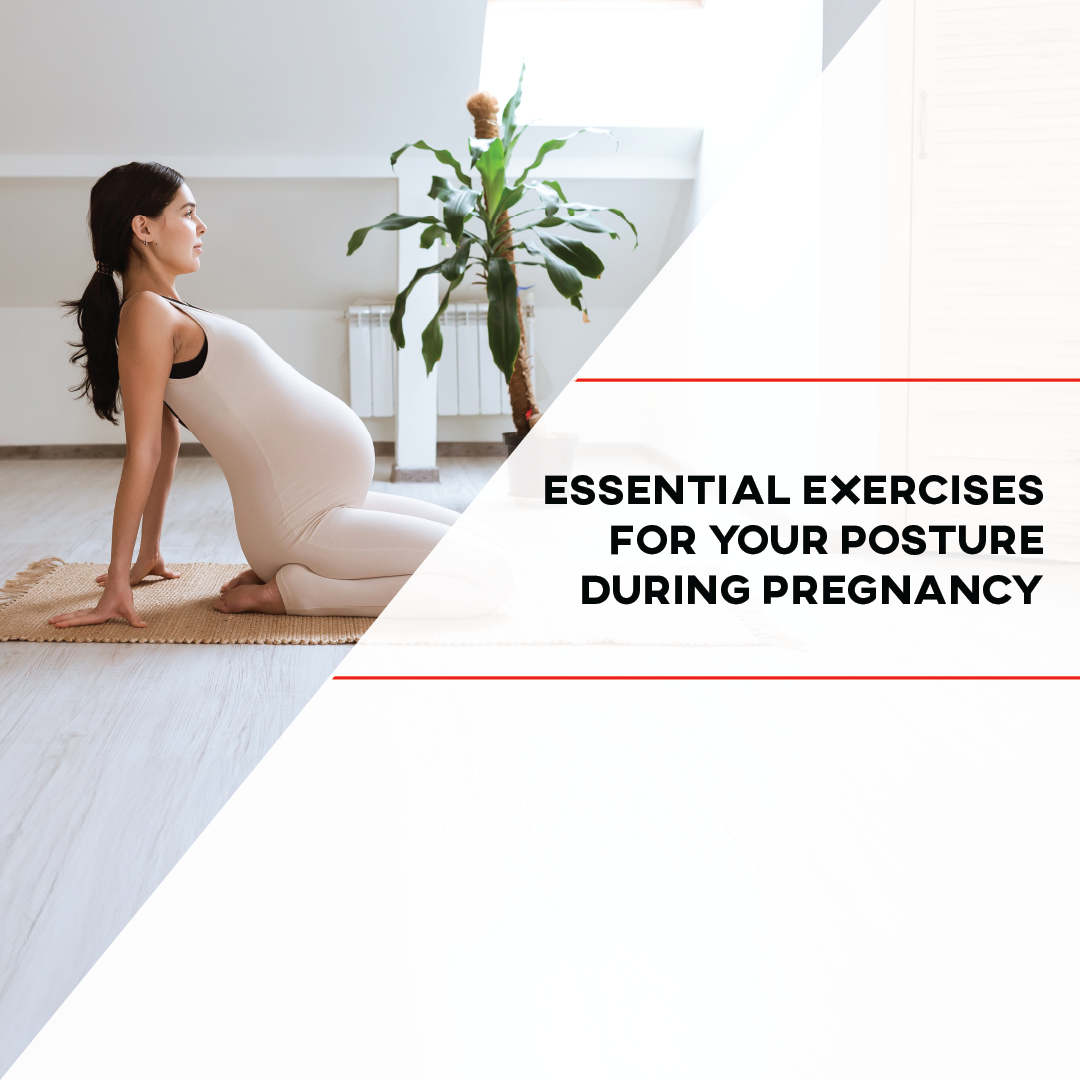
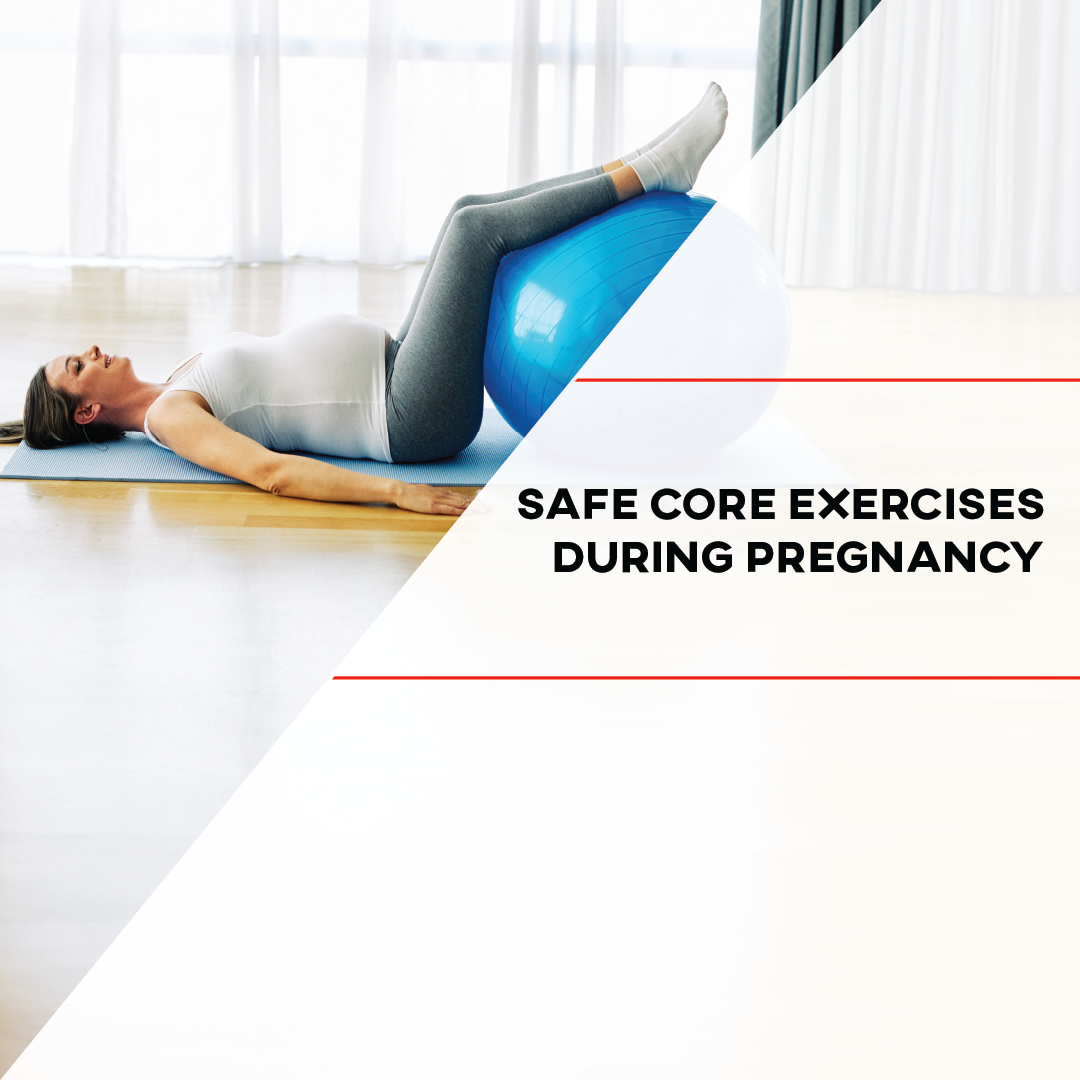

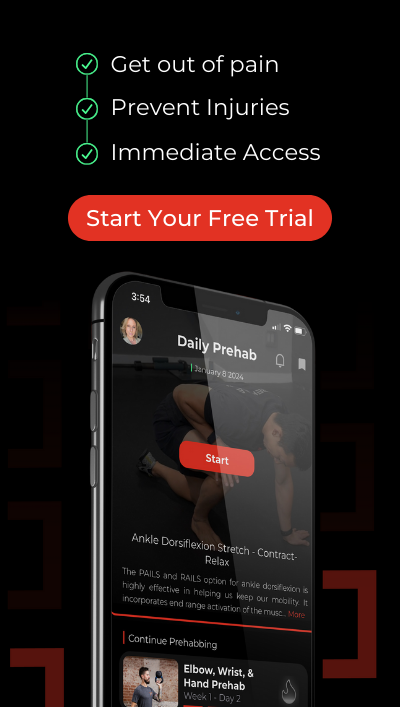



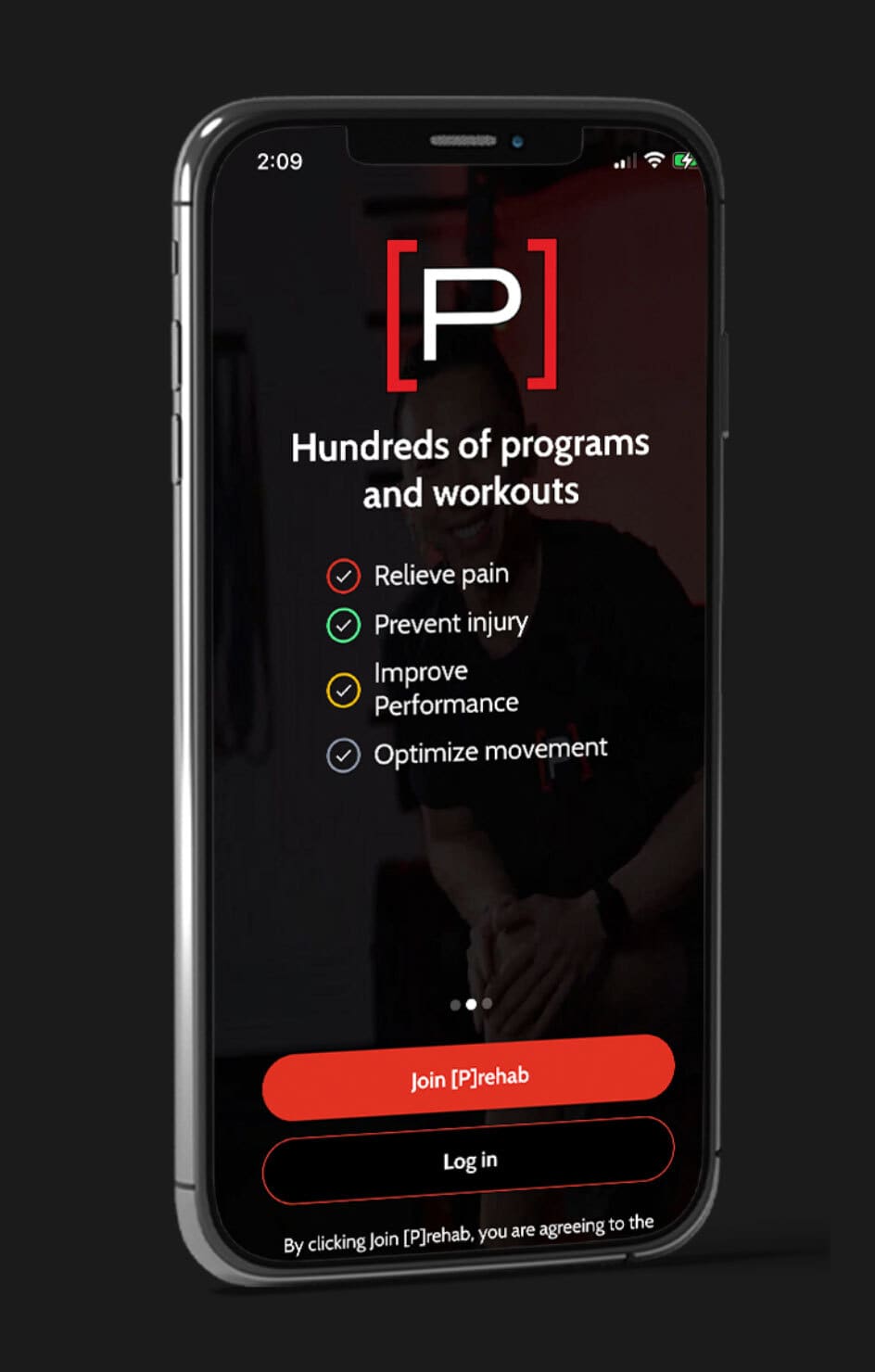


Back pain stiffness Disc prolapse
Thank you guys I need this